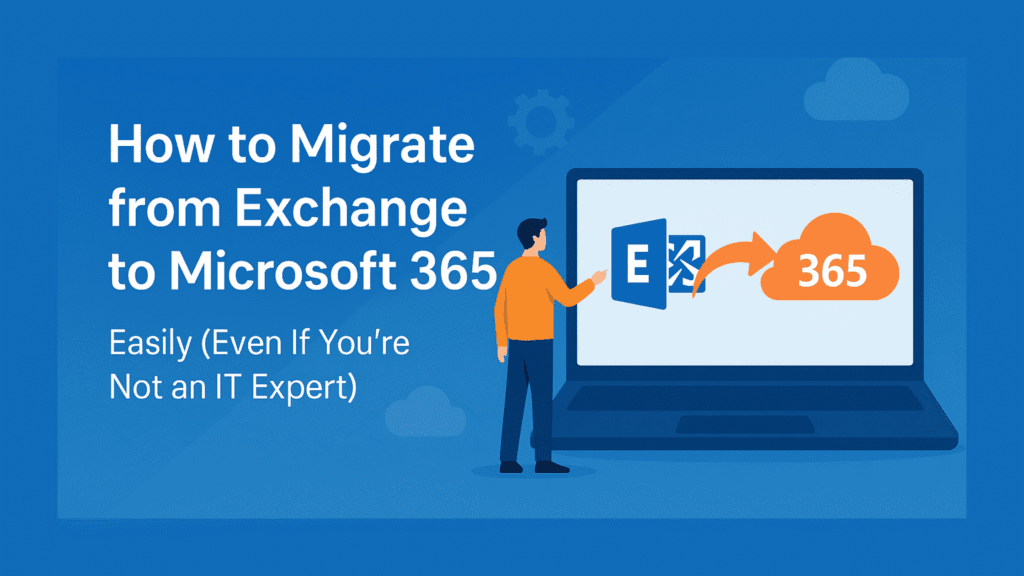
There are several essential stages of Docker application development. According to recent studies, the global market for application containerization is expected to skyrocket to nearly 9 billion dollars within the decade. Increasingly, enterprise teams can reduce the cost of running technology by getting started with hybrid cloud technology. With quarantine regulations, COVID-19 is also fueling the application development market’s expansion. As this market grows, Docker is projected to be one of the leaders in the software and app development industry. Read on to discover several essential stages of Docker application development.
Install Docker
First, you need to install Docker to develop applications. Fortunately, Docker makes it easy to run applications anywhere. However, those places need to have Docker running on their system. There are three main Docker variants you can choose from depending on your system environment. For example, Docker Community Edition (CE) is an open-source containerization platform, that you can install on your system from the app store. On the other hand, Docker Enterprise Edition (EE) has the same core functionalities as Docker CE. However, Docker EE is a fully supported premium version of Docker CE. In either case, you need to install Docker before you can start the application building process.
Integrate A Container Registry
To successfully complete the initial application development stages, you need to integrate a container registry. For instance, you can use an advanced container registry to support your Docker containers and Helm chart repositories for your Kubernetes deployments. In addition, you can also use it as a single access point to manage and organize your Docker images. Artifactory-power container registries provide your DevOps team with a scalable, reliable solution for your current and future business model. With on-premise, hybrid, and multi-cloud environments, you can gain insight into your Docker images and Kubernetes cluster. Integrate a container registry to optimize storage management throughout application development.
Install Helm Charts
Installing advanced Helm Charts is an essential stage of Docker application development and deployment. Helm is an advanced Kubernetes operation and package manager. These advanced Helm Charts are used to deploy applications or specific components of large applications. Using Helm Charts, you can access a number of efficient management tools to run web and desktop applications. One of the most efficient resources is pgAdmin. To increase efficiency, Helm Charts install pgAdmin within Kubernetes clusters. Once installed, these resources can help you maximize productivity and move on in the Docker application development and deployment process.
Build Images With Dockerfile
In addition, you need to build images with Dockerfile before you can deploy your applications. There are many different ways that you can build your Dockerfile. For example, you could start with your base image. Then, you could copy your files into the Docker file system, installing all dependencies. Ideally, the first step should build images faster in case there is a change in the source later down the line. You can then copy all the source files, install CLI, and all the dependencies. Then, run the build to generate all of the assets within your WebApp folder. Because you are installing all dependencies with this strategy, the image could take some time to build. Take the time to configure your images in order to build your app. You need to build images with Dockerfile before you can successfully deploy your Docker applications.
Conduct Testing
Finally, you need to conduct testing on your Docker application before launching. There are many different testing strategies and automation tools you can utilize to effectively test your application. For instance, the app and test container testing approach uses Docker to create one image with everything in the continuous integration (CI) flow. This includes test tools, required packages, test data, scripts, and the application itself. This strategy can offer your development team a simple CI flow and enhanced portability in your Dev and Test environments. It is imperative to conduct testing on your Docker application to ensure your application is functioning at a high quality.
You might also like to read about Top 5 Tips To Consider When Choosing Your Test Management Tool
There are several essential stages of Docker application development. First, you need to install the appropriate version of Docker on your system. Next, you can code your initial application, similar to the way you would program an app without Docker. Then, it is essential to integrate a container registry to optimize your Docker container management system. Additionally, you should build images with Dockerfile for optimal Docker app deployment. Finally, conduct testing on your application and containers to ensure they are functioning at a high quality. Consider the points above to learn about several essential stages of Docker application development.
Tech content on this site may include contributed articles and partnerships with industry voices. Learn more in our Editorial Policy.




